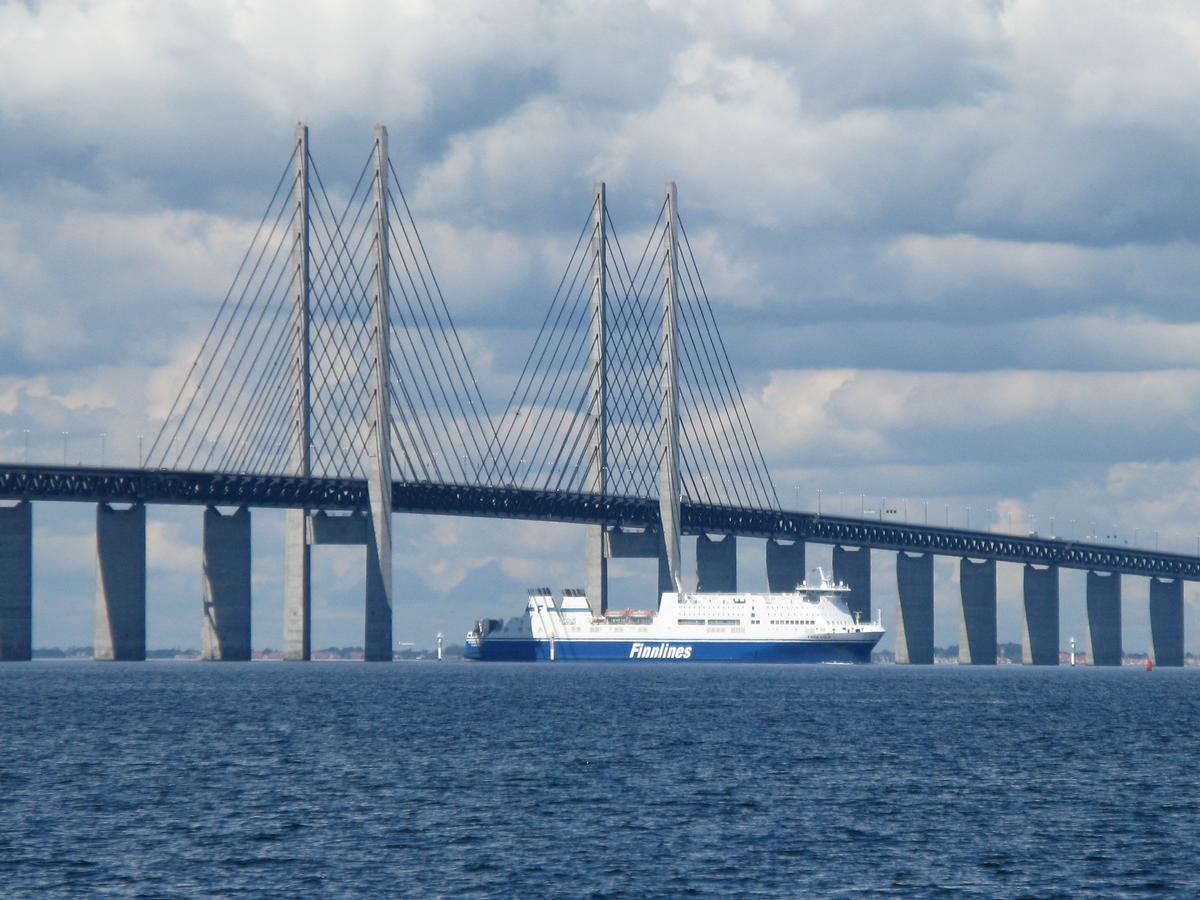The
Tacoma Bridge was built in 1940 in the state of Washington. The main point of
the construction of the bridge was to connect the city of Tacoma and the Kitsap
Peninsula. Once construction was finished, the Tacoma Bridge was the third longest
suspension bridge in the world at the time.
There
were multiple reasons why this bridge had to be built. The need for a bridge
started in the 1880s when the railroads companies proposed to the state of Washington the construction
of a bridge to carry railroad traffic. Also around the 1930 the US military needed a
bridge to create a direct route between the Puget Sound Naval Shipyard Field
and the city Tacoma.
Around
that period of time, the country was involved in a great depression and the
government was looking for projects to create new jobs and boost the economy. After
multiple proposals, the state decided to start the construction of the Tacoma
Bridge in 1938.
 |
| The Tacoma Bridge at the opening day |
On the
one hand, engineer Clark Eldridge proposed a design that consisted of a
suspension bridge. The roadway deck was supported by deep 25 feet truss girders and the value of the project was $11 million. On the other hand,
the well-known and famous engineer at the time Leon Moisseiff submitted a
design of a suspension bridge with a total cost of $8 million. The cost of the
project dropped $3 million because Leon Moisseiff replaced the 25 feet truss by
8 feet deep plate girders. Due to the change, the suspension cables would absorb more
static wind pressure, and the energy created from the absorption of this
pressure would be transmitted directly to the towers. The other change made by Leon
Moisseiff was making the width of the bridge 39 feet, which made the bridge
very narrow compared to its longitude.
Engineer
Leon Moisseiff also made some changes in his original design. These changes
would make the Tacoma Bridge the first suspension bridge to use solid beams
supporting the roadbed. The problem we see with this design after the bridge
was done is that the impact of the wind in the beams caused the bridge to
rotate.

With
such a narrow design the bridge was easily moved by winds because the bridge
wasn’t rigid enough. The new structure of the bridge start showing some problems when the bridge started with small oscillations during the
construction process. Engineers involved in the construction of the bridge tried to come up with ideas to improve the design but they didn’t change anything because they thought that the
oscillations weren’t going to go any further than that and the bridge was going to be safe. Here is one of the main problems of the collapse. A good engineer would stop the construction of the bridge and try to come up with some remedies to this situration before they keep constructing the bridge. A safe bridge should not rotate and the first thing that a good civil engineer has to have in his/her brain is public safety.
In 1938
the state approved Leon Moisseiff’s project because: it saved money, and had a
more elegant slender design. Construction begun in 1938 and the bridge was
opened to traffic in 1940 with a total cost of $6.5 million. The bridge
collapsed 4 months later. Here is a short video explaining what happened the
day of the collapse.

After
the collapse the Federal Works Agency said that “every new structures involve new
problems. We must accept the errors as a price for human progress.” So they didn’t
go against Leon Moisseiff or against the supervisor of the project because they
said failure is what it takes for human progress.
I might agree with the fact that it takes erros as a price for human progress because we cant do everything right at the first time, but I think that the
Federal Works Agency is completely wrong and their statement is completely unethical
from the point of view of any code of ethics. The state chose to save money by
picking a much more aggressive design that could potentially harm the public
because they said that it was innovative. From my point of view, it is the engineer's as well as the state's fault because Leon Moisseiff did not design a safe bridge and the state was only worried about saving money and they did not think about safety.
Hopefully no one died in this collapse but if I was part of the Federal Works Agency I would go against Leon Moisseiff and against the committee who chose his design for forgetting one the main points of the codes of ethics which is to protect public welfare.
Hopefully no one died in this collapse but if I was part of the Federal Works Agency I would go against Leon Moisseiff and against the committee who chose his design for forgetting one the main points of the codes of ethics which is to protect public welfare.












